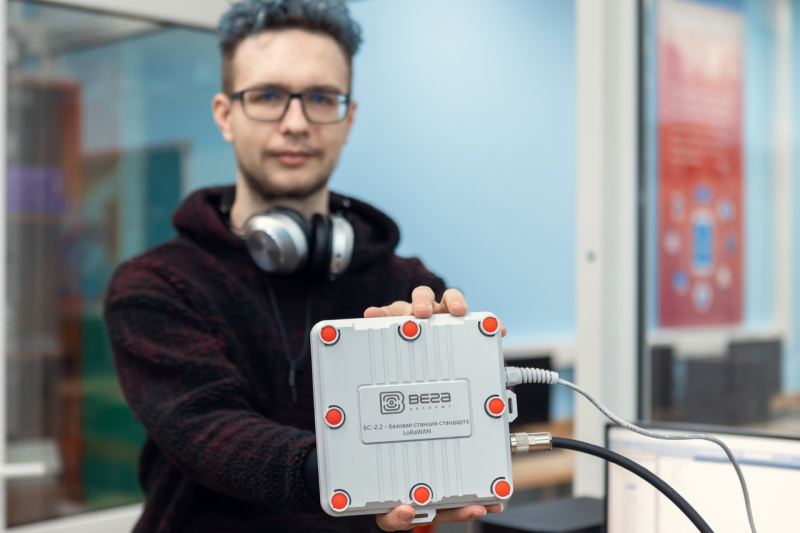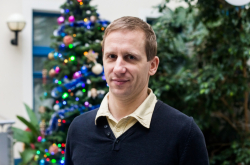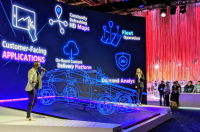There are more than 30 billion devices connected to the Internet of things (IoT) in the world today and according to experts, this number can double in the next couple of years. This means that even now, their number greatly exceeds the human population and also the number of computers, smartphones, and tablets put together. Programming software for IoT devices is actively developed, too, and its amount continues to grow.
What is the Internet of things?
There is no one single definition. Initially, IoT was understood as a concept for data transmission networks between physical objects into which tools and technologies for interaction are embedded. However, as more devices, such as smart acoustic systems or wearable gadgets began to appear, the definition shifted towards specific products that are available for a broad audience. This is the basic approach used in the industry now. It allows users to scale up the opportunities for data collection, storage, and analysis without large data centers or complex infrastructure. By using different IoT devices, a person can turn collected data into practical knowledge. Such new digital systems and services are applied today in many fields. Everybody knows what a smart home is but there are also many industrial tasks, from construction to agriculture, that are significantly enhanced by IoT technologies.
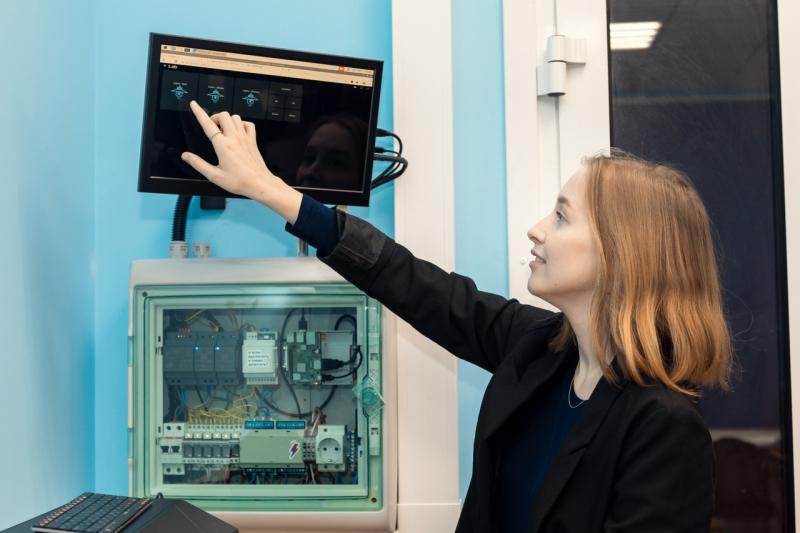
Industrial programming at ITMO University
IoT tasks
As of now, its tasks are no different from those of computers, but they have additional features caused by limited resources. Among them are machine learning and artificial intelligence, cloud systems, data storage and processing, human-computer interaction, etc.
“In our IoT lab, students work on IoT clusters, image recognition on peripheral devices, recognition of a user’s commands using deep cameras or voice control, and many other things,” says Dmitry Muromtsev, head of the Internet of Things Technologies Master’s program. “Each year, our students find new cases and tasks, and we try to provide them with everything they need, both resource- and funding-wise, through grants and other opportunities.”
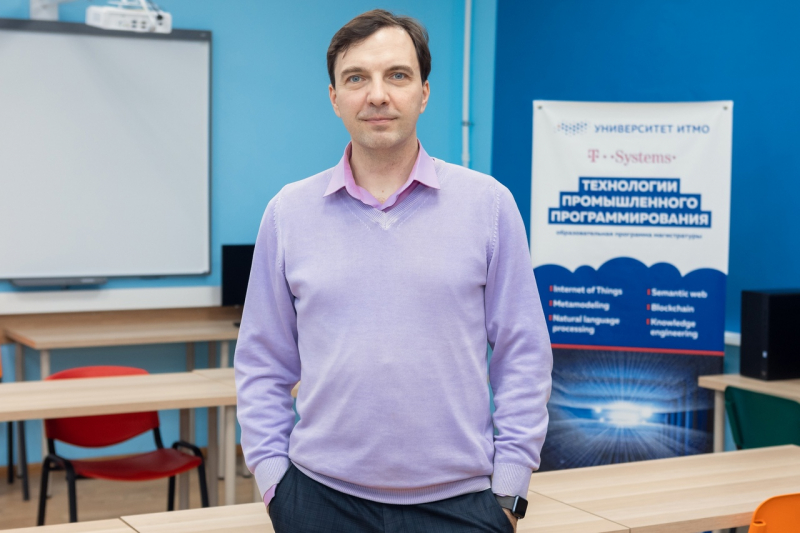
Dmitry Muromtsev
The Internet of Things Technologies Master’s program
This program aims to train leading specialists in the field of software engineering with a focus on more technological tasks. Students not only get well-versed in core subjects, such as methodology of software engineering, but also modern technologies that are required for the development of cutting-edge software. It’s not only about the widely used machine learning and text analysis but also more specialized fields, such as semantic technologies and graph databases, hybrid artificial intelligence, architecture of mobile and embedded systems, mobile systems for computer vision, etc. This knowledge helps to develop not only IoT software but also many other types of tools.
The program has two corporate partners that actively participate in the academic process and offer students great opportunities for practice and internships followed by employment. Both companies are leaders on the market and develop cutting-edge software for major clients all over the world.
Deutsche Telekom IT Solutions, a branch of the Deutsche Telekom company that is engaged in the development of industrial software for high-profile clients all over the world, is the partner of the specialization Semantic Technologies for the Internet of Things.
“Using IoT technologies increases the number of opportunities for automatization of processes that can’t be performed solely using software. In combination with AI, this field helps switch to automation of physical processes and form a digital environment on a new level,” says Kirill Bushuev, senior data scientist expert in Robotics and AI Hub at Deutsche Telekom IT Solutions.
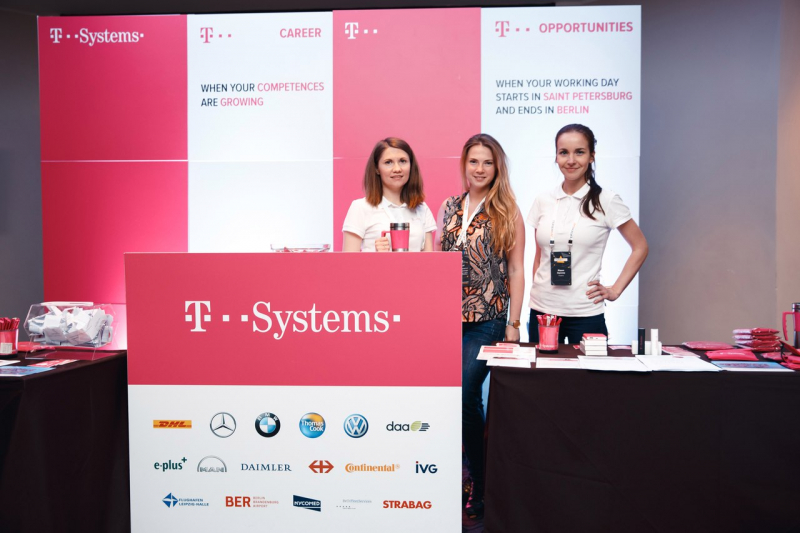
Deutsche Telekom IT Solutions. Credit: vk.com/deutschetelekomitsolutions
Another specialization, Mobile and Embedded Systems, is supported by GS Labs company that is a part of the Russian investment and industrial holding GS Group, which is the largest software and equipment developer in the field of production and delivery of digital products.
“GS Labs develop in the field of IoT – we are currently working on a cutting-edge programming and equipment smart home complex for wireless intelligent control of home infrastructure with a controller and peripheral devices. This field is becoming more and more popular among users and companies so we need to speed up the process of development, which is only possible if we hire more qualified specialists,” says Aleksandr Krokhov, head of the service development at GS Labs.
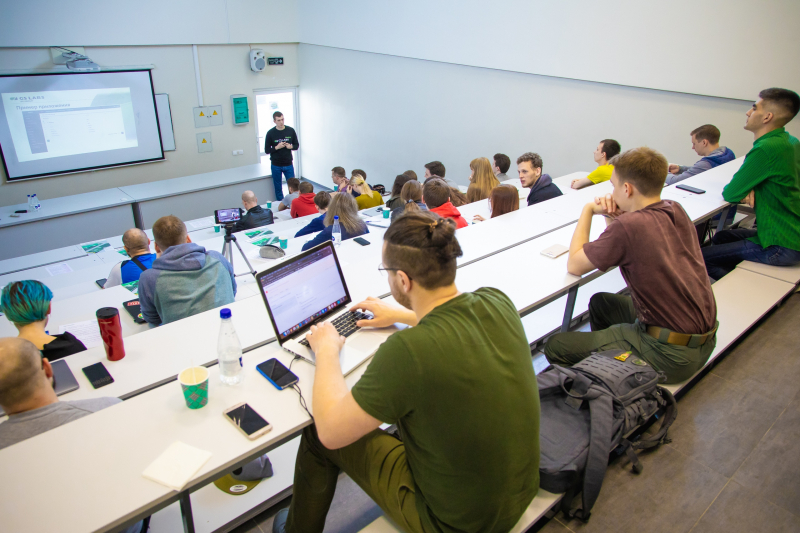
GS LabsMeetup#1. Credit: vk.com/gslabs
Requirements for applicants
“Students of our program are trained to apply programming technologies for the development of advanced software for control of the environment, data analysis, and AI, including IoT devices. That’s why applicants should know how to code and have basic knowledge of computing systems and networks,” explains Dmitry Muromtsev. “Experience in IT obtained during Bachelor’s studies will also be a great advantage. This will help make the studying process and practical training most efficient.”
